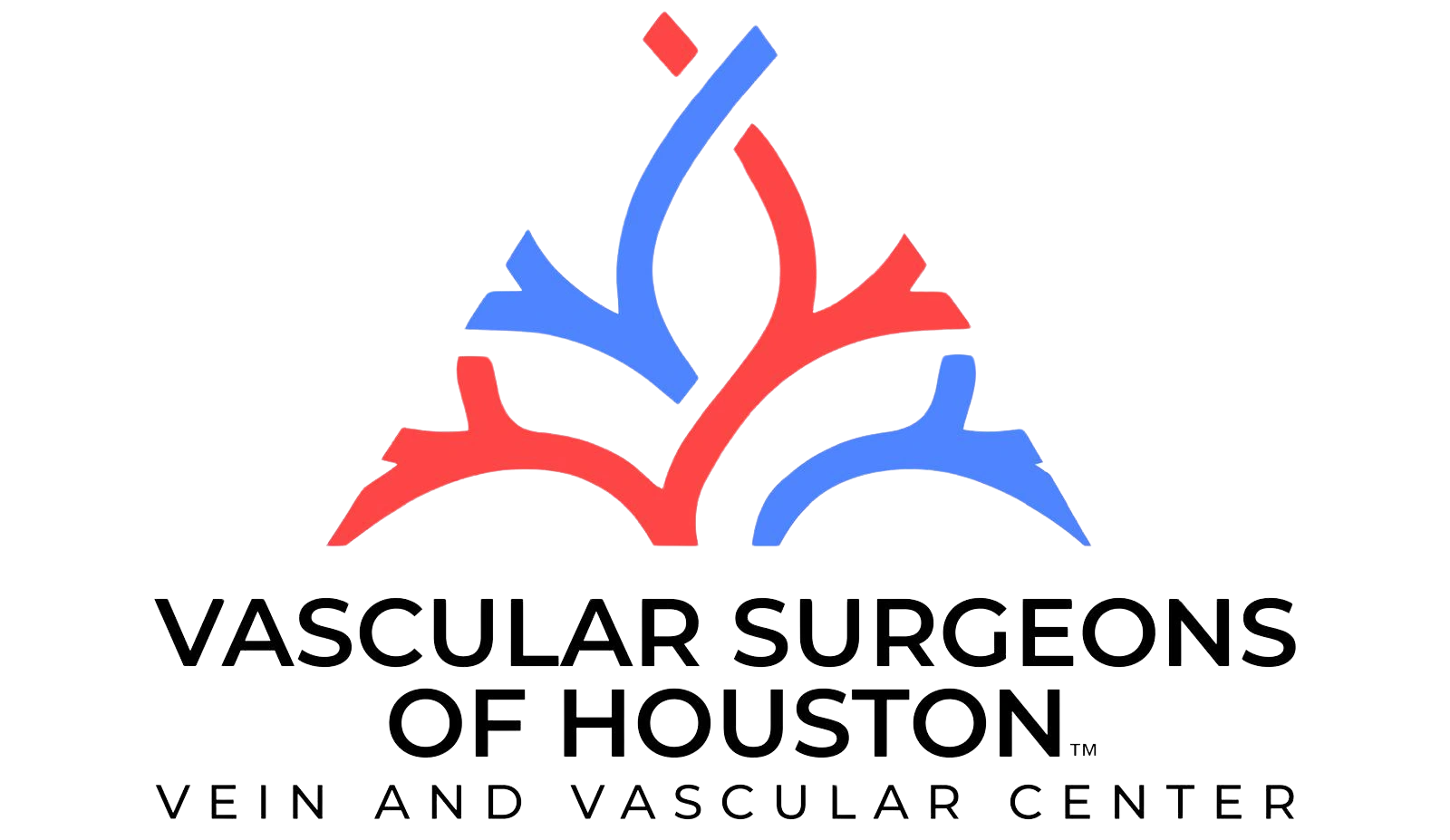Varicose Veins/Venous Insufficiency
What are Varicose Veins/Venous Insufficiency?
Blood circulates in the body through a system of blood vessels consisting of arteries and veins. Arteries carry oxygenated blood from the heart to different parts of the body. Veins are the vessels that carry deoxygenated blood from various tissues of the body back to the heart for purification (oxygenation). Varicose veins/venous insufficiency is a condition where veins in the body (most often in the legs) have difficulty sending blood from your legs back to your heart. This causes blood to accumulate in the veins of the legs and they become varicose (enlarged or dilated) over time.
Causes of Varicose Veins/Venous Insufficiency
Varicose veins/venous insufficiency is considered a long-term condition that is caused due to partial blocking of veins or leaking around the valves of veins. It can be caused due to age, family history, obesity, blood pressure inside the veins, history of deep vein thrombosis in legs, pregnancy, sitting or standing for long periods of time, lack of exercise, and smoking.
Symptoms of Varicose Veins/Venous Insufficiency
The commonly seen symptoms of varicose veins/venous insufficiency include swelling in legs (especially while standing for a long duration), itching or tingling of skin on legs, tiredness, pain in legs, venous stasis ulcers, heaviness and cramping in legs, change in skin color around the ankles (redness), varicose veins on surface (twisted, enlarged, and bluish-colored), and thickening of the skin.
Diagnosis of Varicose Veins/Venous Insufficiency
Varicose veins/venous insufficiency is diagnosed primarily by physical examination. Your doctor might recommend Doppler ultrasound imaging to detect improper vein functioning and any blockage of veins by blood clots. CT scan and MRI may be used to rule out any complications of swelling in the leg. Additionally, a venogram may be recommended to get a clear picture of the blood vessels.
Treatment for Varicose Veins/Venous Insufficiency
Treatment of varicose veins/venous insufficiency focuses on reducing the symptoms. Your doctor may recommend the following conservative treatments for mild cases:
- Moving legs often and keeping yourself active
- Wearing compression stockings to reduce swelling
- Avoid sitting or standing for long periods
- Treat any infections and open wounds immediately
- Lose weight in case you are overweight
- Use of medications, such as diuretics, anticoagulants, and pentoxifylline
In case you have severe varicose veins/venous insufficiency then your doctor may suggest the following medical procedures:
- Endovenous thermal ablation – An image-guided procedure where radiofrequency or laser energy is used to heat and seal off an incompetent vein.
- Sclerotherapy – A minimally invasive procedure where saltwater or saline is injected directly into the vein that causes the vessel to shrink and ultimately disappear.
- Vein stripping – Small surgical incisions are made to remove the damaged vein in the leg.
- Valve repair - A small cut is made to repair the damaged vein valve in the leg.
- Angioplasty and stenting – This procedure uses a small balloon to broaden the blocked vein and increase the blood flow. A metal mesh is used to prevent the narrowing of the vein in the future.
- Bypass – A surgery that is used to reroute the flow of blood around the damaged or blocked vein.
Outlook
Varicose veins/venous insufficiency is likely to worsen over time if left untreated. Nonetheless, the condition can be managed if treatment is started in the early phases. By following self-care steps, such as regular exercise and lifestyle changes, you may be able to reduce the discomfort and prevent the condition from worsening. It is likely that you will require medical procedures to treat the condition.
Important Links
Practice Location
- © Dr. Neil Desai, Vascular Surgeon Cypress, Houston, TX

